Facebook vs. Google Ads: Which is Best for D2C Marketing?
In today’s digital landscape, direct-to-consumer (D2C) brands face both exciting opportunities and fierce competition. As a brand owner or marketer, you know that connecting with your audience is key to driving sales and building loyalty. That’s where the power of Facebook Ads and Google Ads comes into play. Each platform offers unique strengths, making them essential tools for reaching potential customers.
Imagine being able to target your ideal audience on Facebook while they’re scrolling through their feeds, or capturing intent-driven shoppers on Google when they’re actively searching for products like yours. It’s a dynamic duo that can transform your marketing strategy.
In this article, we’ll dive into a side-by-side comparison of these two giants. We’ll explore how D2C brands can leverage a Facebook ad agency for D2C or a Google ad agency for D2C to enhance their campaigns.
By the end, you’ll have a clearer understanding of which platform might be the best fit for your brand’s goals.
Let’s get started!
Table of Contents
Overview of Google Ads
When you think about online advertising, Google Ads is like a trusty toolbox for D2C brands, packed with options to help you reach your audience effectively.
Let’s explore two of its main features: Search Ads and Display Ads.
Search Ads
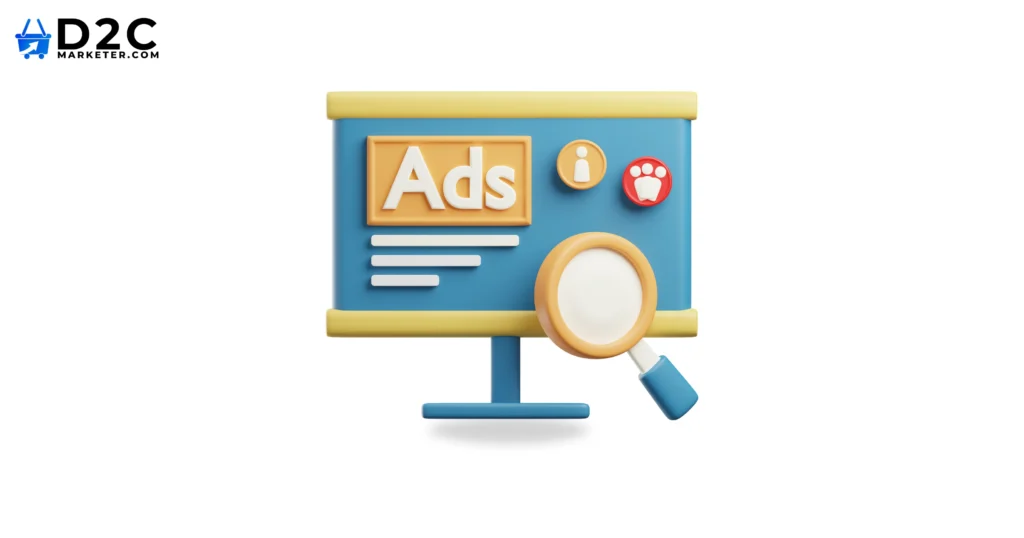
Search Ads are all about capturing users at the moment they’re actively looking for what you offer. Imagine someone typing “best eco-friendly water bottle” into Google. With well-targeted keywords, your ad can appear at the top of the search results, right when they’re ready to make a decision. This high-intent traffic can lead to higher conversion rates, making it a goldmine for D2C brands.
By partnering with a Google ad agency for D2C, you can optimize your keyword strategy, ensuring that your ads reach the right audience at the right time. This precision is what makes Search Ads so powerful, they put your products in front of potential customers precisely when they need them.
Display Ads
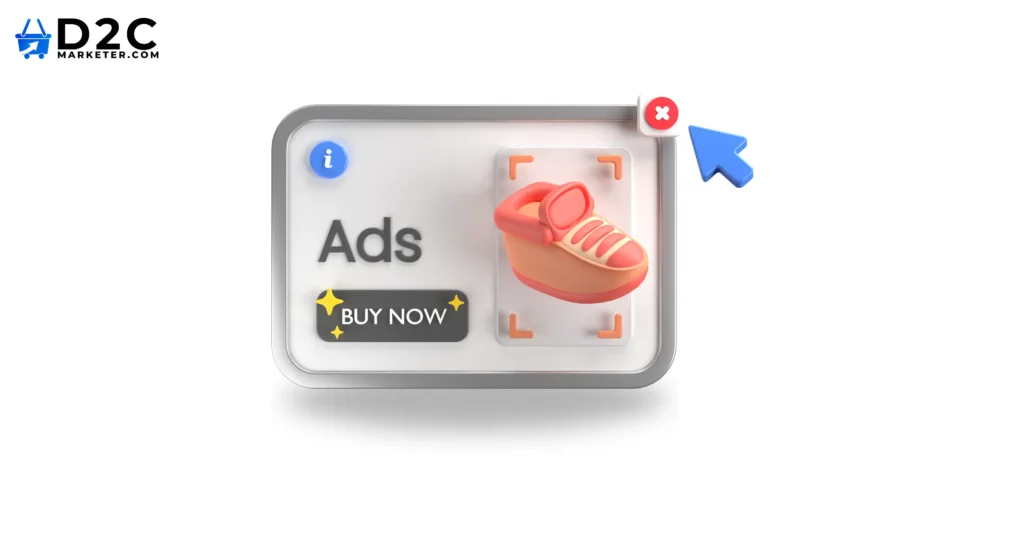
On the other hand, Display Ads allow you to showcase your brand in a visually appealing way across a vast network of websites. These ads are perfect for retargeting, reminding users who have previously shown interest in your products to come back and complete their purchase. Imagine a customer browsing your site for that eco-friendly water bottle but not buying it. With Display Ads, you can keep your brand top of mind as they browse other sites, nudging them back toward your products.
Working with a paid ad agency for D2C can help you create eye-catching Display Ads that resonate with your audience, expanding your reach beyond search. This combination of capturing intent and retargeting interest is what makes Google Ads an essential part of a comprehensive D2C marketing strategy.
Key Google Ads Types for D2C Brands
| Google Ads Type | Best For | Benefits |
| Search Ads | High-intent, ready-to-buy users | Higher conversion rates |
| Display Ads | Brand awareness | Broad audience targeting, cost-effective |
Overview of Facebook Ads
When it comes to connecting with your audience on a more personal level, Facebook Ads, along with Instagram are game-changers for D2C brands. These platforms are bustling with activity, and they offer some fantastic tools to help you reach the right people.
Facebook & Instagram Ads
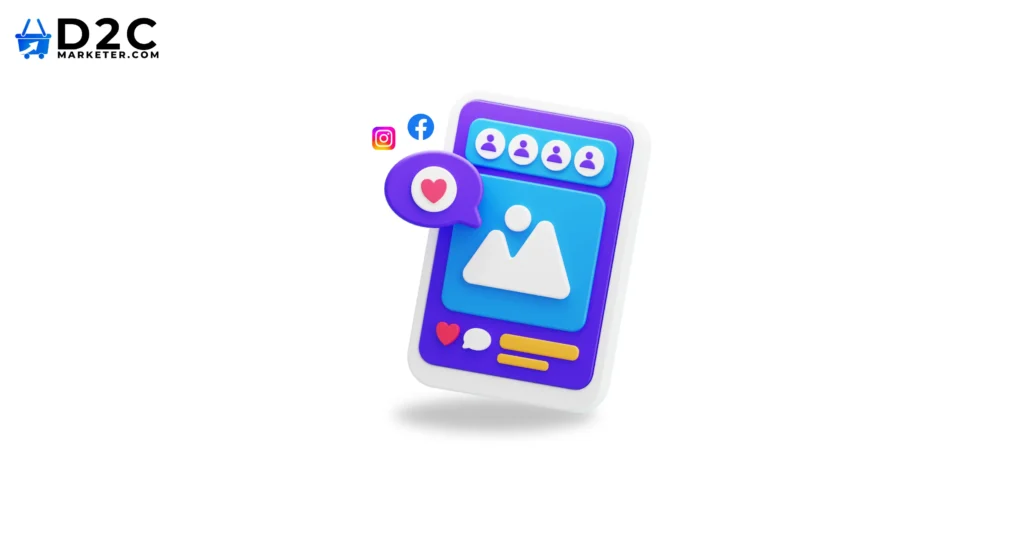
Facebook and Instagram are like the lively neighborhood coffee shops of the internet. People come here to share their interests, connect with friends, and discover new products. With Facebook Ads, you can dive into this vibrant community by targeting users based on their interests, demographics, and behaviors.
For instance, if you have an eco-friendly water bottle, you can show your ad to those who follow sustainability pages or have shown an interest in green living. This targeted approach means your products are appearing right in front of people who are likely to love them. By working with a Facebook ad agency for D2C, you can craft eye-catching campaigns that truly resonate with your audience.
Retargeting and Lookalike Audiences
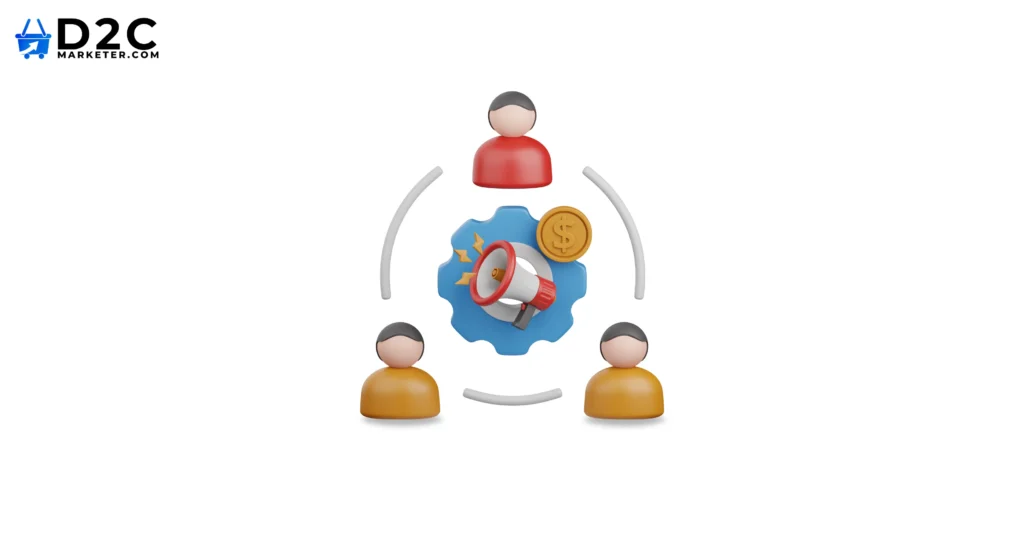
One of the coolest features of Facebook Ads is retargeting. Let’s say someone visits your site but leaves without making a purchase. With retargeting, you can remind them of what they were checking out, almost like a gentle nudge saying, “Hey, we missed you! Want to take another look?”
Additionally, Facebook’s Lookalike Audiences feature is a fantastic way to find new customers. It allows you to reach people who have similar interests and behaviors to your existing customers, expanding your reach to those who are likely to be interested in your products.
By teaming up with a paid ad agency for D2C, you can fully leverage these powerful tools. The combination of interest-based targeting and effective retargeting not only helps you attract new customers but also keeps your brand fresh in the minds of those who’ve shown interest.
Comparing ROAS (Return on Ad Spend)
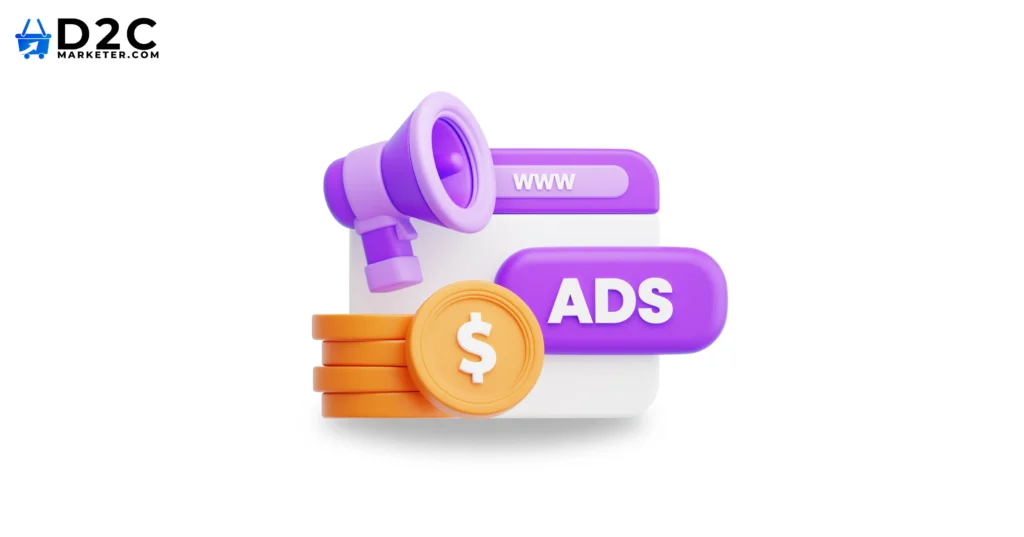
When you’re diving into digital advertising, one of the most important things to keep an eye on is Return on Ad Spend (ROAS). For D2C brands, knowing which platform, Facebook or Google delivers the best returns can really impact your marketing success.
Facebook Ads vs. Google Ads: Choosing the Right Strategy for D2C
Both Facebook and Google Ads can bring in solid returns, but they serve different purposes in your marketing journey. Google Ads often shines when it comes to capturing high-intent traffic. Picture this: someone types “best eco-friendly water bottle” into Google. They’re on a mission, and if your ad shows up right at the top, you have a great chance of converting that interest into a sale. That’s the kind of scenario where Google can really help boost your ROAS.
On the other hand, Facebook Ads are all about building connections and creating awareness. They’re perfect for sparking interest in your brand, especially among users who might not even know they need your product yet. If your goal is to introduce a new eco-friendly water bottle to the market, a creative Facebook campaign can engage users and lead to future sales. This is where teaming up with a Facebook ad agency for D2C can make a big difference.
Which platform tends to provide the best returns for specific goals.
So, how do you decide which platform is best for your needs? It really comes down to what you’re aiming for:
- If you’re looking for quick sales and want to reach people who are ready to buy, Google Ads might be your best bet. Their ability to target those high-intent searches means you can often see a quick return.
- If your focus is on brand awareness and connecting with potential customers early in their buying journey, Facebook Ads could be the way to go. With the right targeting and creativity, you can create a lasting impression that leads to future conversions.
For many D2C brands, a combination of both platforms is often the most effective approach. By collaborating with a paid ad agency for D2C, you can create a well-rounded strategy that leverages the strengths of both Facebook and Google Ads.
This way, you maximize your ROAS at every stage of the customer journey, making your ad spend work harder for you.
| Platform | Pros | Cons |
| Google Ads | Higher intent from search traffic | Can be more expensive for competitive terms |
| Facebook Ads | Excellent audience targeting & retargeting | May require more ad creative efforts |
When to Use Each Platform
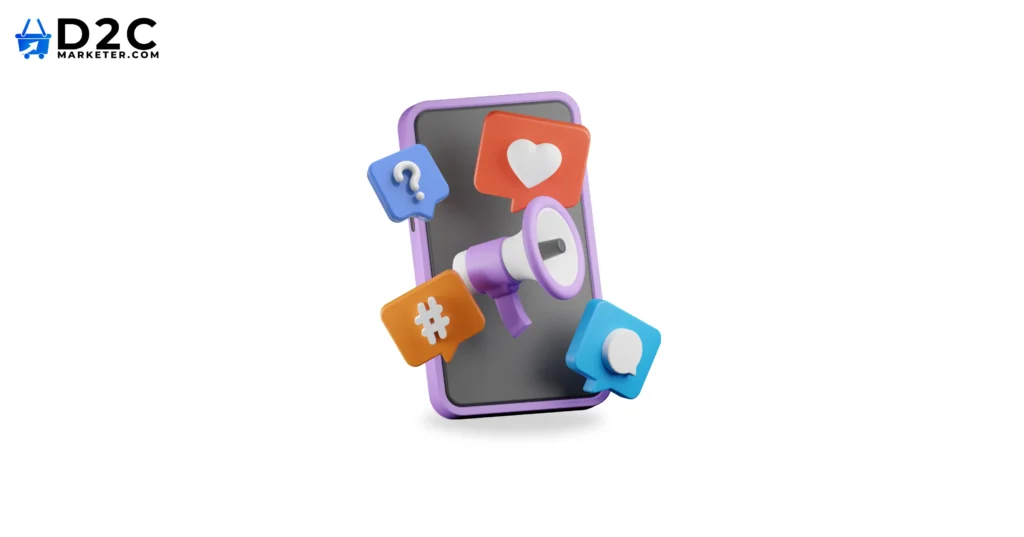
Choosing between Google Ads and Facebook Ads can feel overwhelming, especially when your business objectives vary. Understanding when to prioritize one over the other is key to maximizing your advertising budget. Here’s a breakdown of how to decide and some scenarios where both platforms can work hand in hand.
If your goal is to capture intent-driven traffic, Google Ads might be your best bet. This platform shines when potential customers are actively searching for products or services like yours. For instance, if you’re running a D2C (Direct-to-Consumer) brand selling eco-friendly products, leveraging a Google ad agency for D2C can help you reach users who are already looking for sustainable alternatives. Keywords like “buy eco-friendly products” can drive high-conversion traffic, making Google Ads ideal for immediate sales objectives.
On the other side, Facebook Ads excel at building brand awareness and targeting specific demographics. If you’re looking to create a buzz around a new product launch or engage a specific audience segment, a Facebook ad agency for D2C can help craft visually appealing ads that resonate with your target customers.
- Product Launches: Use Facebook Ads to build excitement and gather leads before launching your product. Once the launch day arrives, shift focus to Google Ads to capture high-intent searches from users eager to buy.
- Retargeting Campaigns: After attracting users to your site via Google Ads, implement Facebook Ads to retarget those who visited but didn’t convert. This approach reinforces your brand and nudges potential customers toward making a purchase.
- Market Research: Start with Facebook Ads to test different messaging and visuals, gathering insights on what resonates. Then, use those insights to refine your Google Ads campaigns for better performance.
Deciding between Google Ads and Facebook Ads hinges on your specific goals. By leveraging the strengths of each platform and knowing when to utilize a paid ad agency for D2C, you can create a well-rounded advertising strategy that drives results. Each platform has unique advantages, and when used in tandem, they can significantly amplify your marketing efforts.
Real-World Case Studies
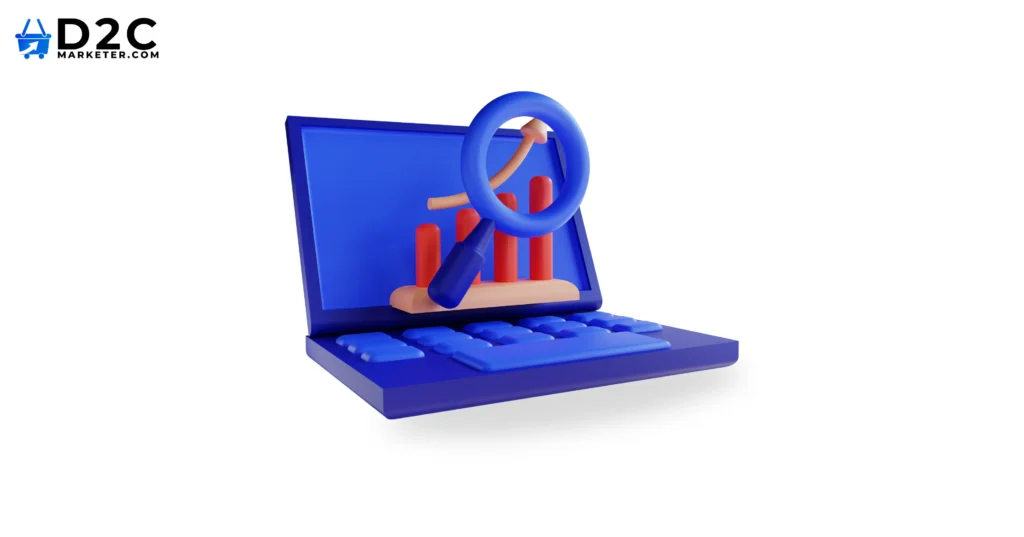
Consider a successful D2C (Direct-to-Consumer) brand specializing in eco-friendly home products. To build brand awareness, they partnered with a Facebook ad agency for D2C. By creating visually captivating ads showcasing sustainable items, they targeted environmentally conscious consumers. Engaging videos and community-driven content led to increase in brand awareness and significant traffic growth.
Once awareness was established, the brand shifted focus to capturing intent through Google Ads. Working with a Google ad agency for D2C, they targeted high-intent keywords like “buy eco-friendly kitchen products.” This strategy ensured they appeared at the top of search results when potential customers were ready to make a purchase.
The integration of both platforms created a seamless customer journey. Users who engaged with the brand on Facebook were more likely to convert when they encountered Google Ads. By leveraging a paid ad agency for D2C to refine their approach, they achieved an increase in conversion rates. This case illustrates the effectiveness of combining Facebook Ads for awareness with Google Ads for intent, driving significant growth in the competitive eco-friendly market.
Conclusion
In the ever-evolving world of digital marketing, choosing between Facebook Ads and Google Ads can feel daunting for D2C brands. Both platforms offer unique strengths: Google Ads excels in capturing high-intent traffic when users are actively searching for products, while Facebook Ads provides an opportunity to build brand awareness and engage potential customers on a more personal level.
Understanding your specific objectives is crucial in making this decision. If your aim is to drive immediate sales, Google Ads may be your best bet. Conversely, if you want to cultivate brand loyalty and reach new audiences, Facebook Ads can help spark interest.
For many D2C brands, the most effective strategy involves leveraging both platforms in tandem. By working with a Facebook ad agency for D2C and a Google ad agency for D2C, you can create a holistic marketing approach that maximizes your reach and return on ad spend.
Can’t decide which ad platform is best for your D2C brand? Contact D2C Marketer, and we’ll craft a winning strategy tailored to your goals!
FAQs
The cost-effectiveness of Google Ads vs. Facebook Ads depend on various factors, such as your target audience, product type, and marketing goals.
Yes, you can use both Facebook and Google Ads at the same time. In fact, many D2C brands find that using a combination of both platforms can be more effective than using just one.
Facebook Retargeting allows you to show ads to people who have visited your website or interacted with your content on Facebook. Google Display Retargeting allows you to show ads to people who have visited your website or other websites on the Google Display Network.
There is no one-size-fits-all answer to this question. The best platform for your small D2C brand will depend on your specific goals and budget.
The amount of budget you should allocate to each platform will depend on your overall marketing budget and your specific goals.

